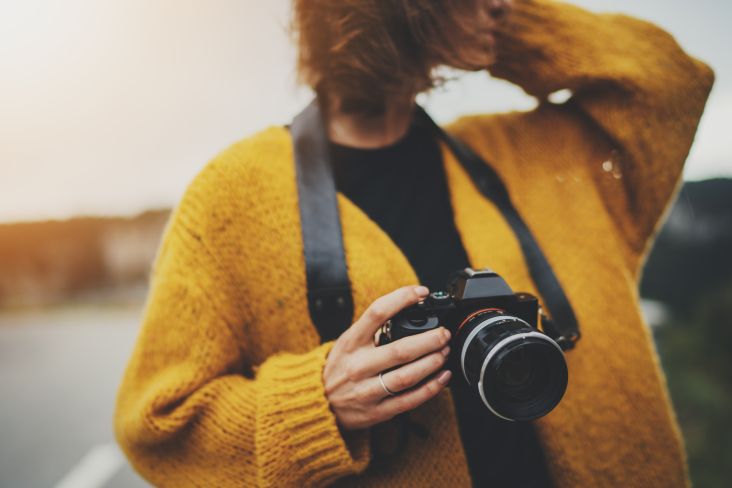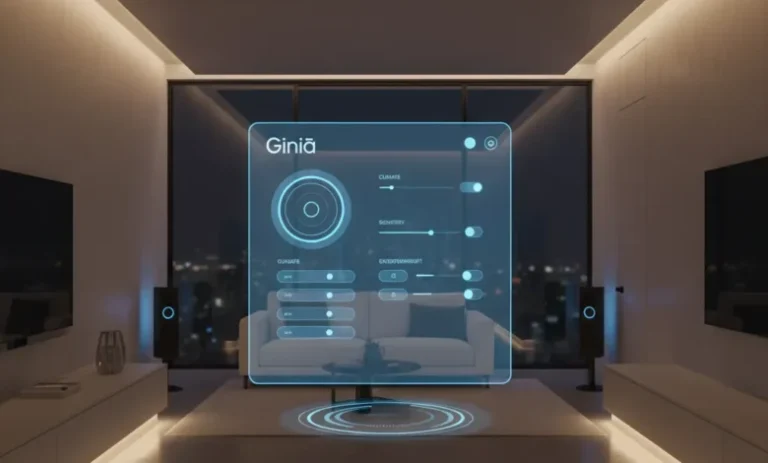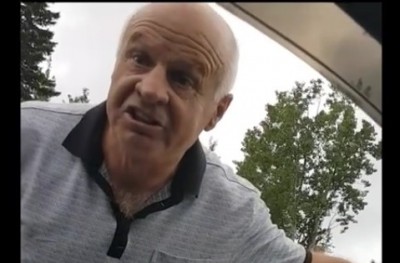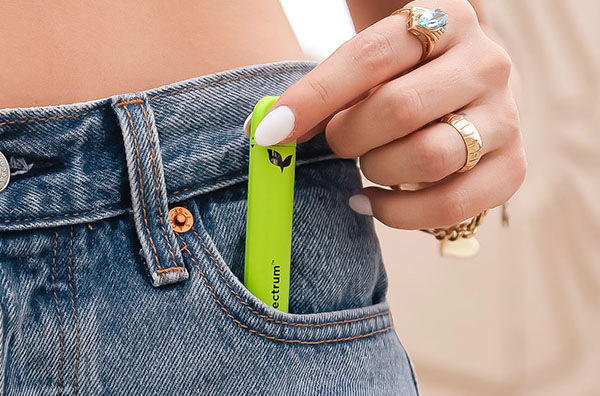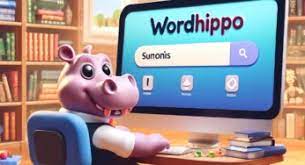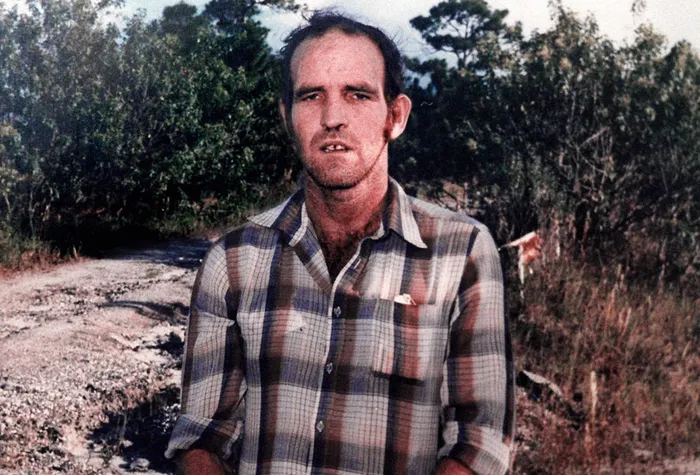Signs You’re Not a Creative Person: Complete Guide to Self-Awareness
Creativity is often described as the ability to think outside the box, generate fresh ideas, and solve problems in unique ways. Some people naturally show strong creative skills, while others struggle to break away from routine thinking. But does that mean you’re not creative at all? Not necessarily. Everyone has creative potential, but certain habits and mindsets can limit how much of it shines through.
In this guide, we’ll explore the main signs you’re not a creative person, why they matter, and how you can shift your mindset to unlock creativity you didn’t even know you had.
What Does It Mean to Be Creative?
Definition of Creativity
Creativity is the process of using imagination and original ideas to produce something new, whether it’s art, writing, problem-solving, or innovation in daily life.
Creativity Beyond Art
While many people link creativity to artists, musicians, or writers, creativity also shows up in science, business, teaching, and even in cooking or decorating.
Common Signs You’re Not a Creative Person
You Fear Making Mistakes
One of the strongest indicators of blocked creativity is the fear of failure. If you always avoid risks because you’re worried about being wrong, it limits your creative growth.
You Stick Too Much to Rules
Following instructions step by step without ever questioning them can mean you’re not engaging your creative side. Creativity thrives when you bend or experiment with rules.
You Avoid New Experiences
Creative people are curious. If you find yourself resisting change or sticking to the same routines, it could be a sign you’re holding back creativity.
You Don’t Ask Questions
Asking “why” or “what if” is central to creative thinking. If you never question how things work, you may struggle to see different perspectives.
You Focus Only on Logic
While logic is valuable, creativity often requires mixing facts with imagination. If you rely strictly on logic, your ideas may lack originality.
You Lack Curiosity
Curiosity drives discovery. If you rarely explore new topics or hobbies, you may not be exercising your creative muscles.
You Struggle to Brainstorm Ideas
If generating multiple solutions feels impossible, it may indicate a limited creative mindset. Creative people usually enjoy tossing around different possibilities.
You Dislike Ambiguity
Creativity often lives in uncertainty. If you need clear instructions and can’t handle open-ended tasks, you may feel uncomfortable with creative processes.
Psychological and Environmental Factors Blocking Creativity
Fear of Judgment
Many people suppress creative ideas because they’re worried about what others will think.
Strict Environments
Working or growing up in settings that punish mistakes can block creativity.
Low Confidence
Doubting your ability to create or innovate can stop you from trying.
Lack of Inspiration
If you’re never exposed to art, travel, books, or new conversations, your creativity may not have fuel to grow.
Difference Between Low Creativity and Being Uncreative
Everyone Has Creative Potential
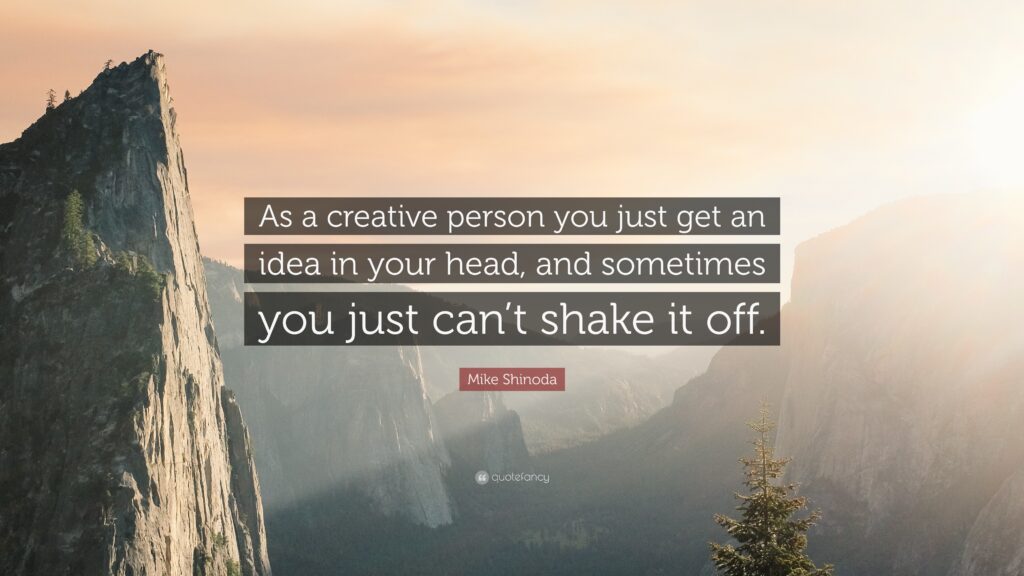
Not showing creativity doesn’t mean you don’t have it. It often means your environment, mindset, or habits aren’t nurturing it.
Growth Over Fixed Traits
Creativity is like a muscle—it improves the more you practice. Believing you’re “just not creative” can become a self-fulfilling prophecy.
How to Recognize Creative Blocks in Daily Life
In Work
If you stick to the same methods at your job and never suggest improvements, you might be holding back creative potential.
In Relationships
Creativity shows in how you solve conflicts. If you always respond the same way and avoid fresh approaches, it could be a sign of low creative thinking.
In Hobbies
If you avoid hobbies that involve imagination, like painting, writing, or even trying new recipes, you may not be exercising creativity enough.
Tips to Unlock Creativity
Step Outside Your Comfort Zone
Try new activities, even if they feel uncomfortable. New experiences spark new ideas.
Embrace Mistakes
View errors as learning opportunities rather than failures.
Ask More Questions
Challenge yourself to ask “why” or “what if” in daily life.
Mix Logic With Imagination
Balance critical thinking with creative exploration.
Surround Yourself With Inspiration
Read books, listen to different music, or travel to new places. Exposure to diversity boosts creativity.
Practice Creative Exercises
Brainstorm daily, journal freely, or engage in mind-mapping. These small exercises build creative strength.
Why Recognizing These Signs Matters
Personal Growth
Acknowledging that you’re not using creativity helps you take action toward change.
Professional Development
Employers value creativity. Developing it can make you stand out in your career.
Problem-Solving Skills
Creativity improves the way you approach challenges, making life easier and more interesting.
Frequently Asked Questions on Creativity
Can someone really be “not creative”?
No. Everyone has creative potential, but it can be underdeveloped.
Why do some people feel less creative?
Upbringing, fear of failure, and lack of practice often suppress creativity.
Can creativity be learned?
Yes. Just like any skill, it improves with practice and the right environment.
Do you need to be an artist to be creative?
Not at all. Creativity shows up in all fields, from business to science to daily life.
Conclusion: Creativity Lives in Everyone
The signs you’re not a creative person don’t mean you’re doomed to live without imagination. Instead, they highlight areas you can work on. Creativity is not a gift reserved for a lucky few—it’s a skill that grows when nurtured. By recognizing these signs, you can take small steps to develop curiosity, embrace mistakes, and experiment with new ideas. With practice, you’ll find that creativity was inside you all along, just waiting to be unlocked.
